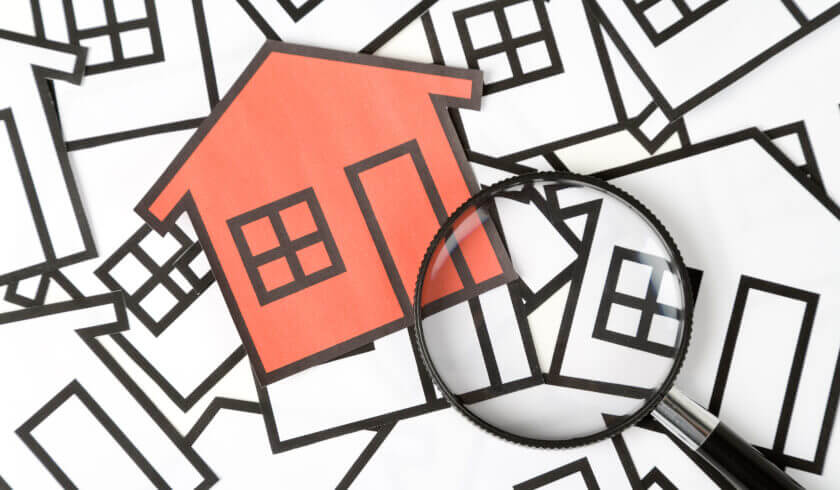Can you still improve an already successful multi-property portfolio?
Smart Property Investment’s Phil Tarrant and his portfolio team have successfully built a 17-property portfolio with assets spread across different markets in Australia. But what’s next for them in 2018?

After the acquisition phase, the team is now working on adjusting the portfolio’s cash flow position in order to improve the portfolio’s serviceability. Then, they plan to diversify by buying properties in other markets.
According to the team’s buyer’s agent, Right Property Group’s Steve Waters: “We are pretty well loaded in Queensland and Brisbane. [In] Sydney, we are okay as well, [and in] New South Wales. It’s time to go interstate.”
So, should you continue buying even with 17 investment properties already in your portfolio?
Yes, Mr Waters says.
“We need to adjust not just the net-worth position because Phil always wants that going up, but we need to put some plans to arrest the cash flow position as well.
“We can certainly start doing work on what’s existing in terms of adding another income to address the cash flow position and the value position.”
“Pigeon pairing”
Following the acquisition phase, the team will adopt a “pigeon-pairing” strategy to keep growing their portfolio.
Pigeon pairing could be defined simply as striking a balance between good cash flow position to offset an existing asset that has good growth but a negative cash flow.
“You are arresting the loss,” Mr Tarrant says.
“Every property in your portfolio should be a growth property, but where one is more geared towards growth whereas the other one may be more geared towards yield.”
“Then, collectively, with those two side by side, you would want to try and push them towards a neutral position.”
Mortgage broker
Mr Tarrant relies on his mortgage broker to help him make smart financial decisions and ultimately continue the development of his portfolio.
One of the team’s top priorities now is to engage with Aussie Parramatta’s Ross Le Quesne, considering that among his biggest expenses are mortgages.
Mr Tarrant advises property investors to speak to a broker.
However, the investor insists on taking responsibility for all of his decisions as a property investor. After all, he says, this is his money and his wealth-creation business and a financial team only serves to be a guide towards the path of success.
Mr Waters agrees: “This is where taking ownership of your own position is so important. Property investors should be forecasting over the next one, two, three and five years. Start setting yourself right now in terms of expenses. Your biggest expenditure is your mortgages.
“When using a broker and securing mortgage finance, try and be the best customer you can be. Be very self-reflective.
“The admin component is hard, but you need to be fluid in terms of being able to move quickly to give the information you need to give to your brokers so they can go about doing their job.”
Tune into Phil Tarrant’s property portfolio update to find out just how much it costs to hold his properties, considering interest rates, weekly costs and taxes, as well as the metrics they utilise to improve cash flow and achieve continuous growth.

